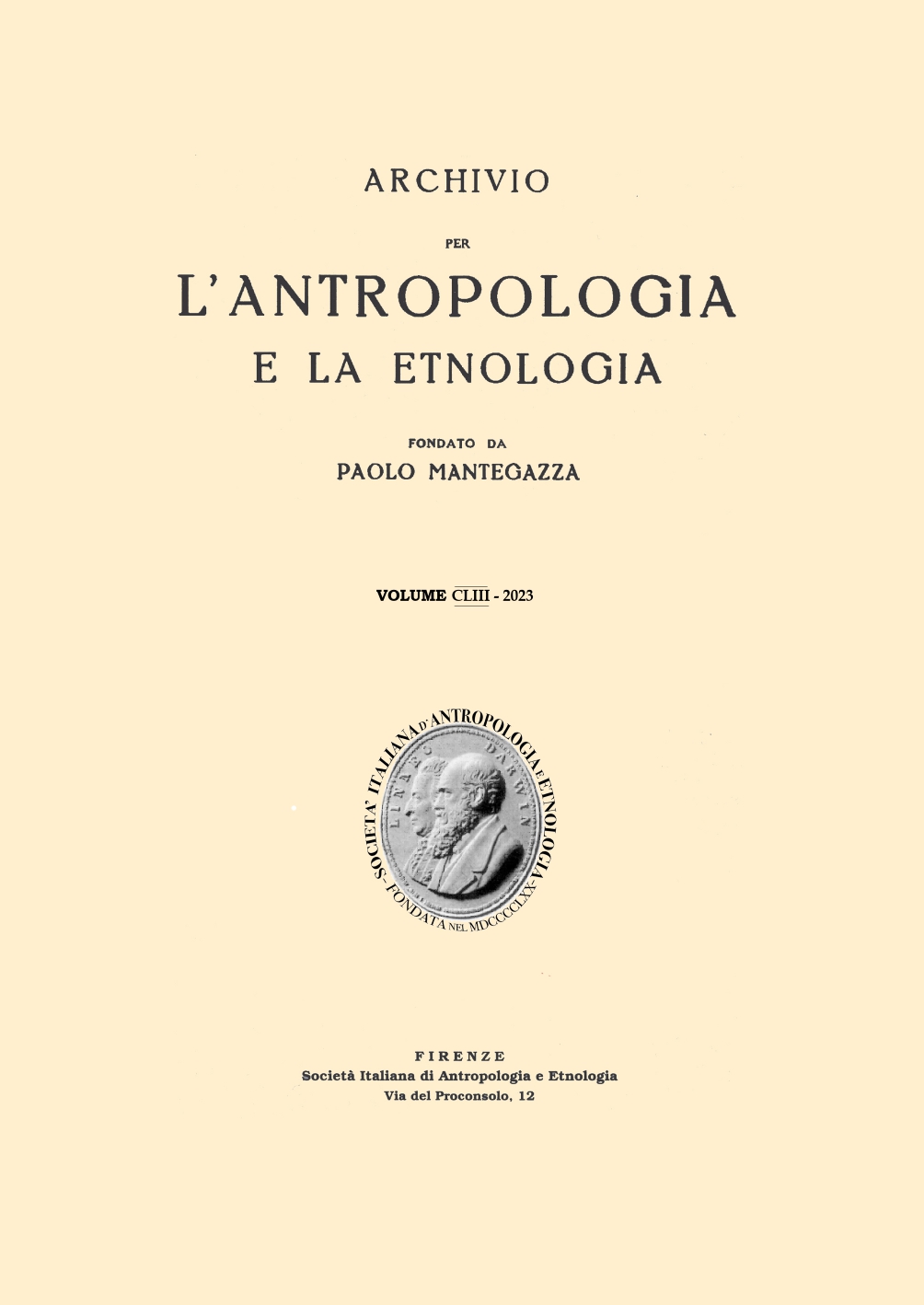Tra assenza e presenza delle figure di cervidi nell'arte rupestre della Valcamonica. Frammenti di una simbologia ricorsiva

Published 2023-11-01
Keywords
- prehistoric art,
- animal figures,
- liminality,
- interpretation,
- prehistoric cultures
How to Cite
Copyright (c) 2023 Giulia Pessina, Dario Sigari

This work is licensed under a Creative Commons Attribution 4.0 International License.
Abstract
The article considers the consistency and distribution of the figures of cervids in Valcamonica rock art, through the systematic analysis of their presence/absence in the Palaeolithic, Chalcolithic, and Iron Age engravings. The attention for these animals unites, since the Palaeolithic, the iconography of geographically distant cultural facies. The primordial and constant presence of this family of mammals in the Alpine and Pre-Alpine territory, in particular, favours the observation of specific attributes of the animal, selected and reworked in the pre- and proto-historical imagery and culture, and potentially «veiled» by the mantle of symbolic superstructures. In Valcamonica,
Pleistocene engravings of cervids relate dynamically to the surrounding post-glacial environment. In the Chalcolithic, they dominate the zoomorphic apparatus of the male statue-stelae, the monoliths-totem of the clans. The proto-historical world, on the other hand, sees them as protagonists of the initiation rituals of young warriors. Through different historical-cultural phases, semantic correspondences seem to persist between deer and the concepts of light/fire, remarked by the comparison with the recent tradition of the valley. Further considerations highlight the role of cervids/deer as animals markedly liminal that is, ideally framed in multiple spatial and «metaphysical» dimensions.
